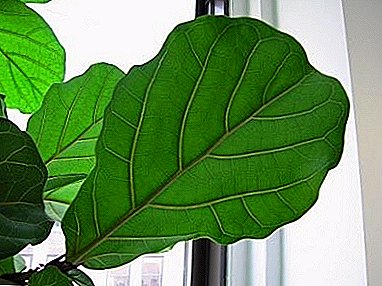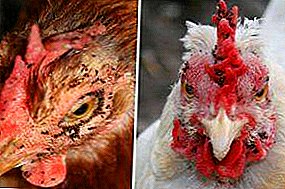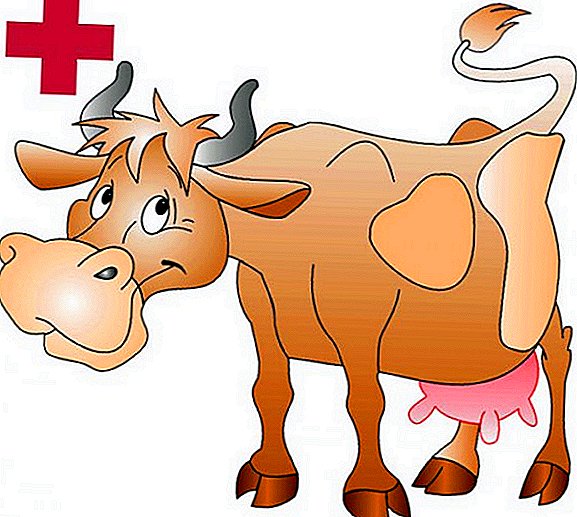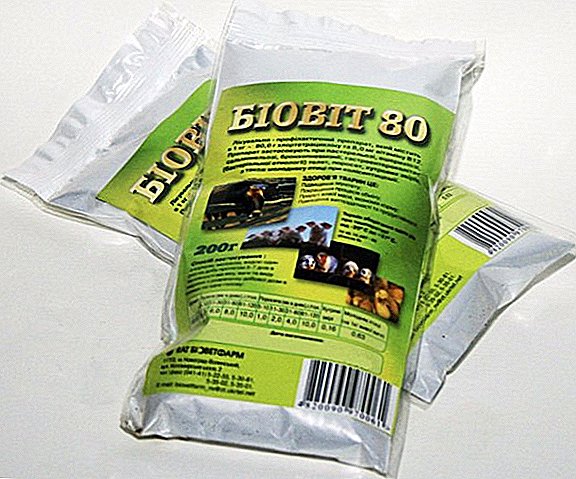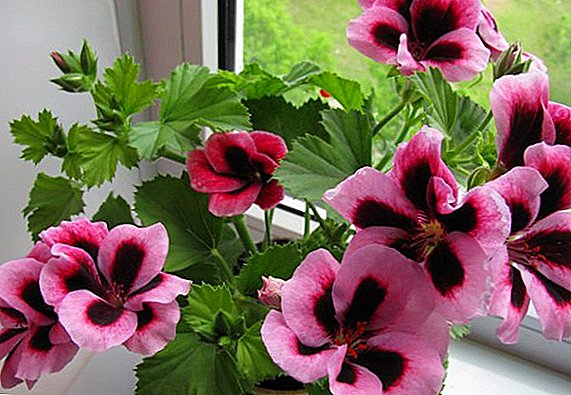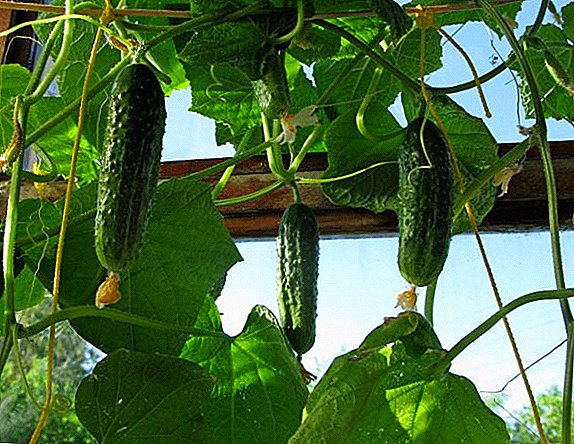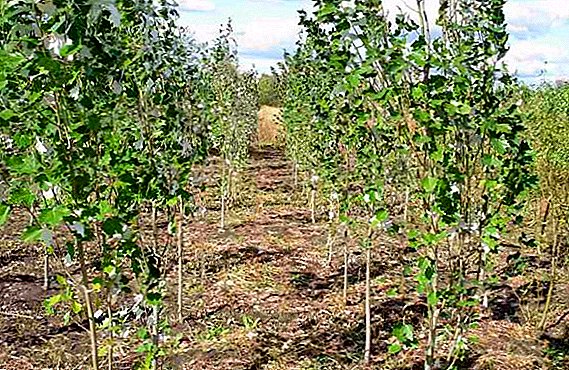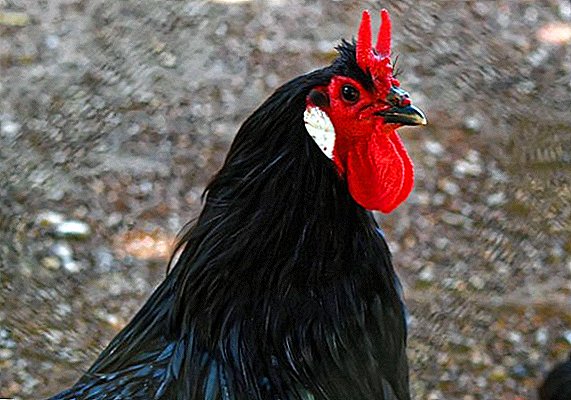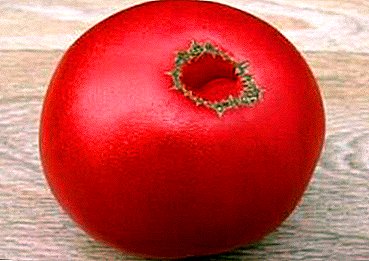
Incredibly juicy and fragrant Yusupov tomatoes are the favorites of cooks of oriental cuisine restaurants. Their giant fruits are cut into the thinnest slices for the legendary Uzbek Achik-Chukchuk salad.
But this, of course, is not their only merit. Productivity, great taste, large fleshy fruit - all this had to taste many gardeners.
In our article you will find a detailed description of this variety, its characteristics, learn about the subtleties of cultivation and care, the ability to resist diseases and insect pests.
Tomato "Yusupovskiy": description of the variety
| Grade name | Yusupovskiy |
| general description | Late-seasoned, indeterminate, tall variety with large fruits. Recommended for greenhouses. |
| Originator | Scientific Research Institute of Vegetables and Gourds of Uzbekistan |
| Ripening | 110-115 days |
| The form | Fruits are large, flat-round. |
| Colour | The color of ripe fruit is pink-red. |
| Average tomato mass | 500-600 grams |
| Application | Good fresh, suitable for juices and sauces. |
| Yield varieties | high |
| Features of growing | Sowing seeds for seedlings produced 60-70 days before planting. Required garter to support and pasynkovanie. |
| Disease resistance | Yusupov tomatoes are resistant not susceptible to cladosporia. Like all greenhouse varieties can be infected with blight, summit and gray rot, blackleg, fusarium wilt fruits. |
 Not a hybrid. There are no hybrids of the same name. Bred on the experimental fields of the Research Institute of Vegetable and Gourds of Uzbekistan. The author of the variety is Uzbek breeder Karim Yusupov.
Not a hybrid. There are no hybrids of the same name. Bred on the experimental fields of the Research Institute of Vegetable and Gourds of Uzbekistan. The author of the variety is Uzbek breeder Karim Yusupov.
Yusupovskys, or, as they are also called Uzbek tomatoes, have an indeterminate, tall, strong bush. When grown in open ground reaches a height of 80 cm. In greenhouses can stretch up to 160 cm. About determinant varieties read in this article.
The leaf is normal, green. The leaves are medium strong.
Fruitful tomato. At home varieties in Uzbekistan, the weight of the fruit is often more than a kilogram. In the Russian climate, subject to growing in a greenhouse or greenhouse, fruit weight - from 400 to 800 grams. In the open ground - from 200 to 500 grams.
You can compare these figures with other varieties in the table below:
| Grade name | Fruit weight (grams) |
| Yusupovskiy | 400-800 |
| Fatima | 300-400 |
| Caspar | 80-120 |
| The Golden Fleece | 85-100 |
| Diva | 120 |
| Irina | 120 |
| Batyana | 250-400 |
| Dubrava | 60-105 |
| Nastya | 150-200 |
| Mazarin | 300-600 |
| Pink Lady | 230-280 |
The grade forms strong brushes. Fruits ripen in size even on the upper branches. Flowering lasts from June to August. By maturity refers to late varieties.
Specifications
The main characteristics of the fruit:
- Tomatoes are intense in color from dark pink to red, with divergent rays under the skin.
- The fruit is flat-rounded, eggplant-like shape.
- Heavy, meaty. The rind is thin.
- Small amount of seeds.
- The taste is delicate, sweet, almost sour.
- Very good for salads, making juices, sauces, fresh.
Tomatoes are well dispensed. The disadvantages include the tendency to cracking, poor portability of transportation.
Interesting: Achik-chukchuk salad is traditionally served to Uzbek pilaf. The salad recipe includes very finely chopped onion, freshly ground black pepper, purple basil. The secret of lettuce in tomatoes, they should be - Yusupov. Tomatoes must be cut by weight, so that transparent, thin semicircles are obtained. Salt with coarse salt.
A photo
Below are photos of tomato "Yusupov"



Features of growing and care
Tomato "Yusupovskiy" is recommended for zoning in the southern and central regions of Russia. However, vegetable growers of the Urals, Siberia, Amur region, very successfully grow a beloved variety.
Seedlings are sown 60-70 days before transfer to a permanent place. Planting seeds can be done in separate pots, and use special mini-greenhouses. Stimulants can be used to enhance growth. Planting seedlings in greenhouses produced in May and June. In the open ground after the air temperature is established not lower than + 7 ° С.
When disembarking in open ground, spade manure, ashes, and a tablespoon of superphosphate are poured into each well. Plentifully fill the hole with water. The plant is planted in liquid mud. The following week, watering is not produced.
All large-fruited tomatoes are planted in a standard pattern of 40 cm by 60 cm.
Agronomists are advised to leave for the formation of a strong bush 2-3 central stem. Pasynkut immediately after disembarkation to a permanent place. Formed stepchildren tear off the entire season, preventing growth from over 5 cm.
In early August, pinch the top of the plant, leaving no more than three leaves above the last brush. It accelerates ripening.
Tied to the supports with the help of a free loop or organize a trellis support. To do this, pull the wire base with hanging ropes around which twine around the stems. Brushes tied up separately.
The air temperature in the greenhouse should not exceed + 30 ° C. Humidity is maintained at an average level. You can use mulching to preserve the microclimate.
When greenhouse content limit the introduction of nitrogen fertilizers. In case of pale foliage, feed with a mullein solution: liter per bucket of water. For faster and better formation of ovaries sprayed bush boric acid. During the period of fruit ripening, in order not to use chemical compounds, fertilizing is carried out by nettle extract.
To feed the extract is diluted with water in a ratio of 1:10, add ash. Tomatoes are fed under the root 2-3 times a week simultaneously with watering or during rain. In dry times, fertilizing is not produced, soil salinisation occurs and the root system does not absorb nutrients.
 Read also about how to properly feed tomatoes with organic matter, yeast, iodine, hydrogen peroxide and ammonia.
Read also about how to properly feed tomatoes with organic matter, yeast, iodine, hydrogen peroxide and ammonia.We also bring to your attention an article about varieties of tomatoes with high yields and disease resistance.
Diseases and pests

Phytophthalosis of tomatoes
- Phytophthora:
For the prevention, tomato seeds before sowing are soaked in a weak solution of potassium permanganate for 15-20 minutes, washed with running water. Seedlings are watered, pre-aged for two days, with a solution of ash (3 tablespoons per liter of water). At the first signs of the disease helps the treatment of plants ready Bordeaux mixture.
- Fusarium:
Apply industrial chemicals (Previcur) or preparations based on bio-base (Trichodermin).
- Vertex rot:
To prevent infection of tomatoes when planting, add ash and a tablespoon of calcium nitrate to each root. Several times a season tomatoes are sprayed with an ash solution: 2 tablespoons of ash per 1 liter of water, to insist for two days.
- Botrytis (gray rot), black leg:
Disinfect the soil. Observe temperature, water regime. Provide air access to the plant.
 About varieties of tomatoes resistant to late blight, read here.
About varieties of tomatoes resistant to late blight, read here.We also bring to your attention articles on how to combat tomato diseases and varieties that are not susceptible to them.
Tomato "Yusupovsky" fine delicacy variety. Large fruits, high yields made the variety of Uzbek breeders popular and in demand among Russian gardeners.
Read also about how to grow a good crop of tomatoes in the open field, how to do it all year round in the greenhouse and what the subtleties of growing early varieties know experienced gardeners.
Below you will find links to varieties of tomatoes with different ripening terms:
| Medium early | Late-ripening | Mid-season |
| New Transnistria | Rocket | Hospitable |
| Pullet | American ribbed | Red pear |
| Sugar giant | De barao | Chernomor |
| Torbay f1 | Titanium | Benito F1 |
| Tretyakovsky | Long keeper | Paul Robson |
| Black Crimea | King of Kings | Raspberry elephant |
| Chio Chio San | Russian size | Mashenka |



